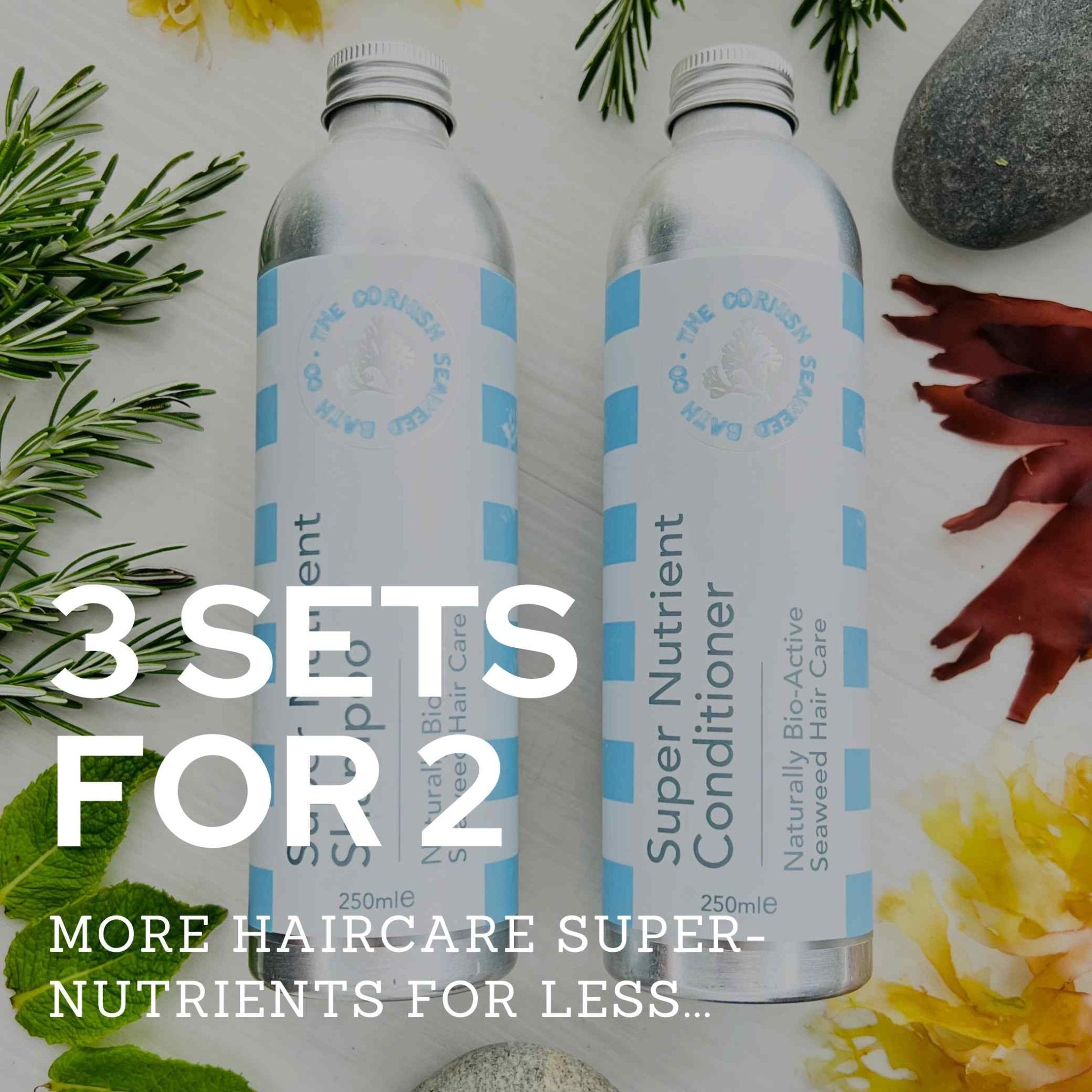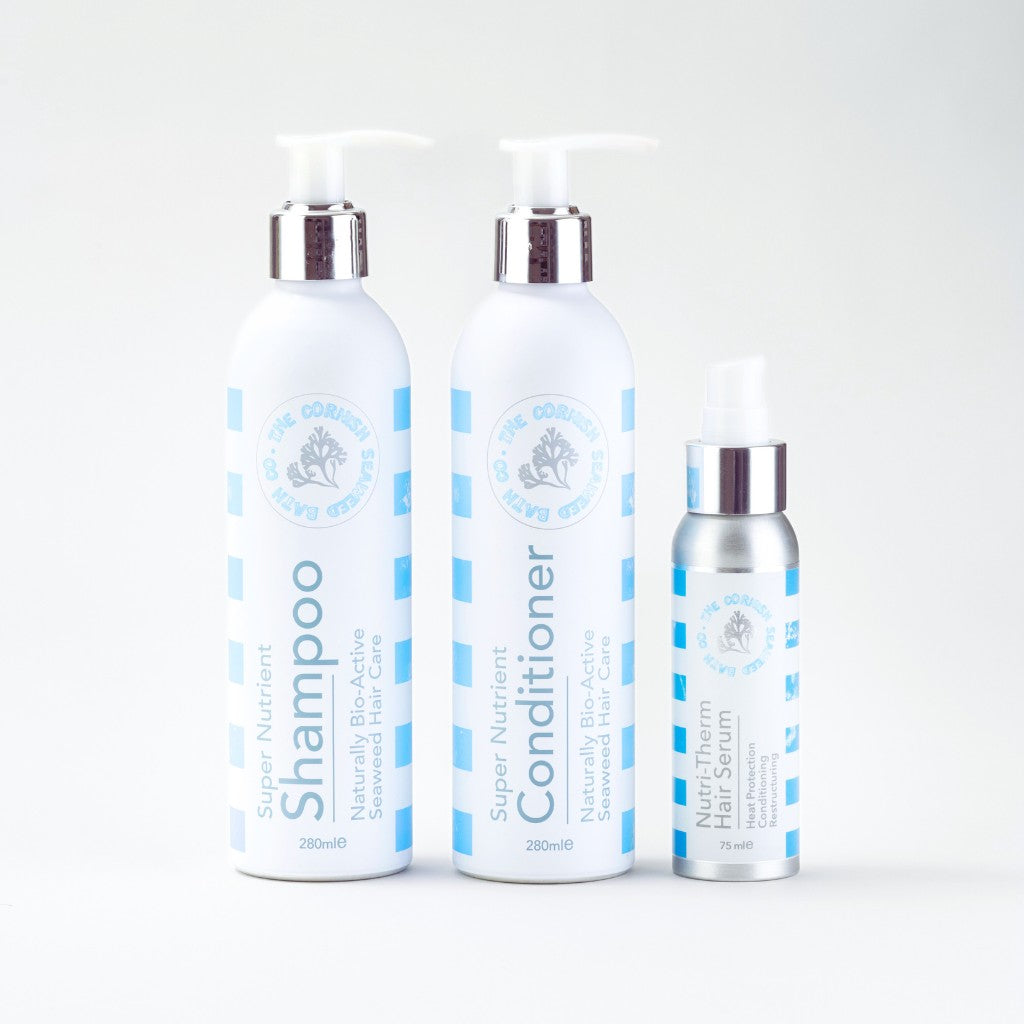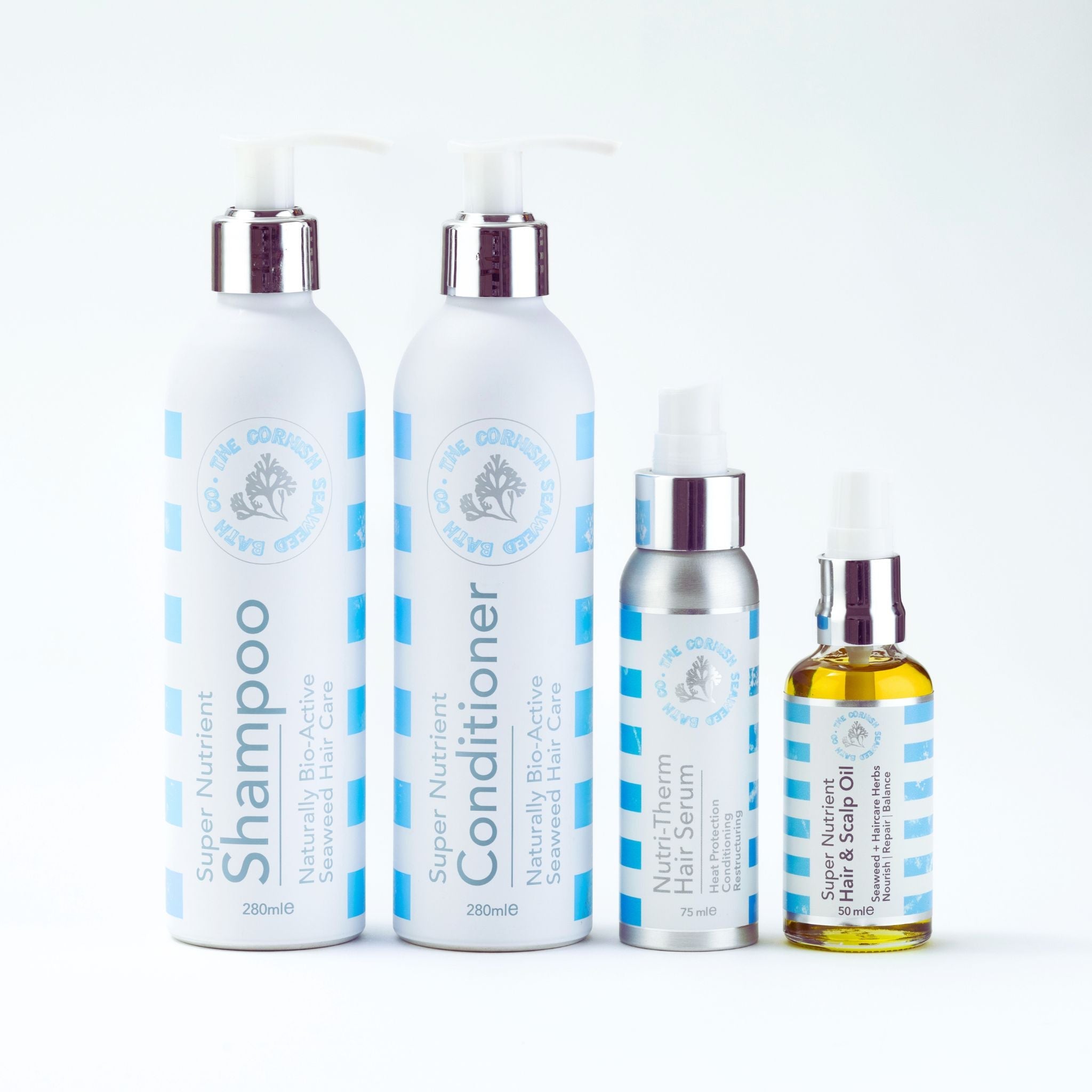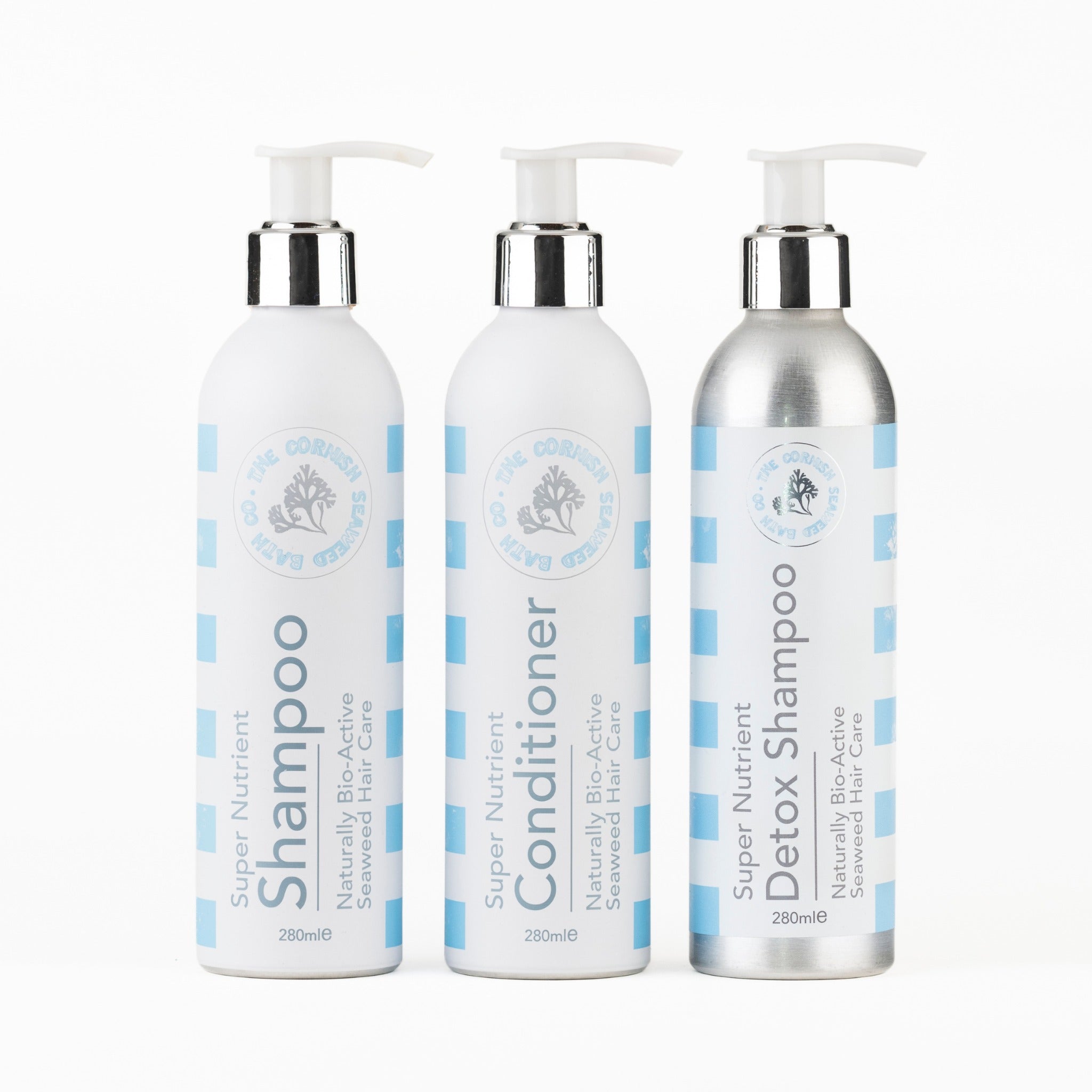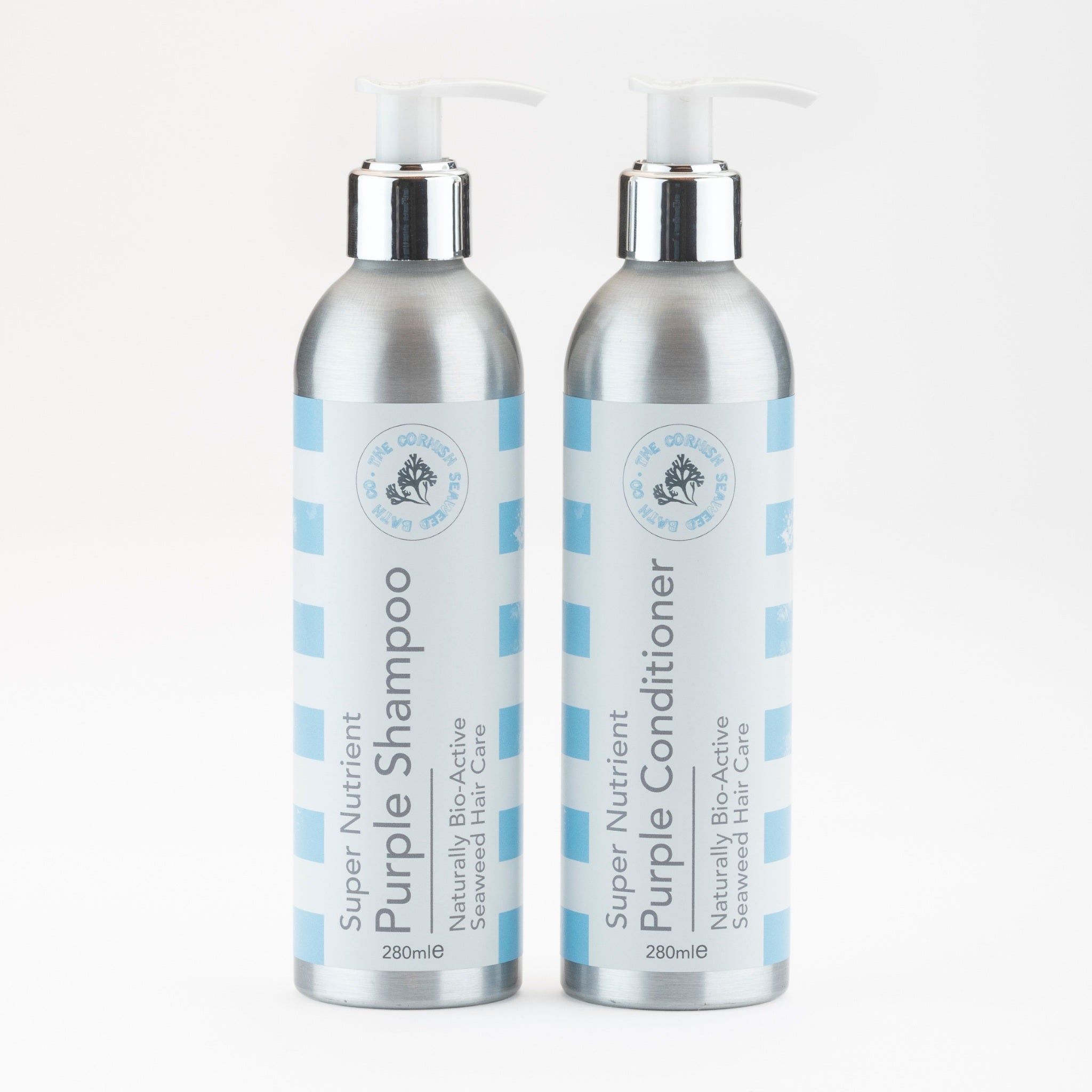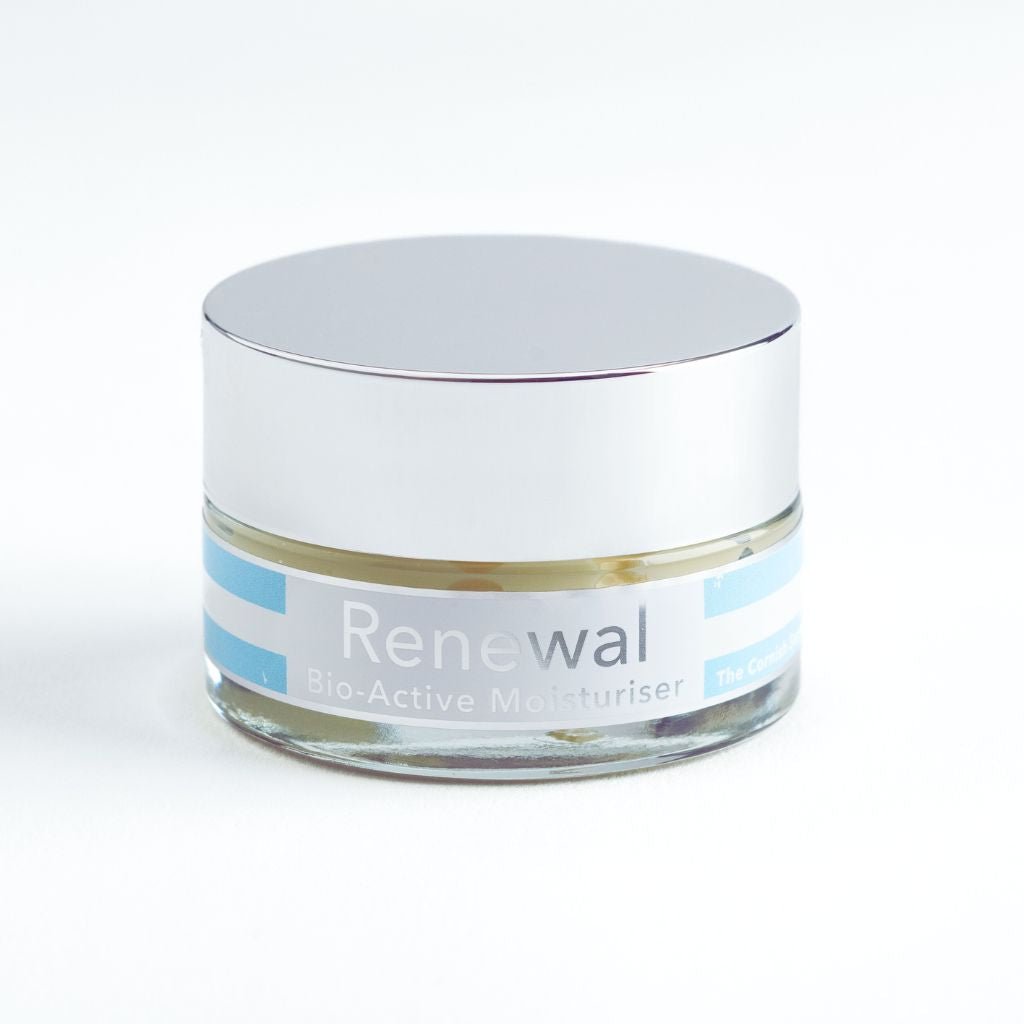Key Takeaways
- The best moisturiser is not determined by price or trends but by its ability to restore the skin's barrier function.
- Understanding how your skin loses moisture is essential to selecting an effective moisturiser.
- Transepidermal water loss is a natural process that causes the skin to shed water daily.
- Factors like weather changes, cleansing routines, and environmental exposure can accelerate moisture loss.
Table of Contents
- What Moisturisers Actually Do: Beyond Surface Hydration
- Understanding Moisturiser Categories: Creams, Gels, and Oils
- Decoding Moisturiser Ingredients: Humectants, Emollients, and Occlusives
- Choosing Your Moisturiser by Skin Type: A Practical Framework
- Oil-Based vs. Water-Based Moisturisers: When to Choose Each
- Beyond Basic Hydration: Specialised Moisturiser Functions
Best Moisturiser: Complete Guide to Healthy, Hydrated Skin
Finding the best moisturiser isn't about chasing luxury price points or trending ingredients, it's about understanding how your skin loses moisture and choosing formulations that effectively restore its barrier function. Every day, your skin naturally sheds water through transepidermal water loss, a process that accelerates with weather changes, cleansing routines, and environmental exposure.
The most effective moisturisers work through three complementary mechanisms: drawing water into the upper skin layers (humectants), smoothing microscopic gaps between skin cells (emollients), and sealing moisture with a protective film (occlusives). Whilst synthetic formulas dominate shop shelves, natural alternatives enriched with plant oils and seaweed minerals offer equally effective hydration without harsh additives.
This guide explores moisturiser categories, decodes ingredient labels, and provides practical selection criteria based on your skin's specific needs rather than marketing promises. We'll examine how seaweed-derived polysaccharides compare to synthetic humectants, when facial oils outperform traditional creams, and which application techniques maximise product effectiveness.
What Moisturisers Actually Do: Beyond Surface Hydration
Your skin's outermost layer, the stratum corneum, functions like a brick-and-mortar wall, dead skin cells (corneocytes) held together by lipid cement. When this barrier remains intact, it retains moisture effectively whilst protecting against irritants. However, disruption from harsh weather, over-cleansing, or skin conditions increases water loss and compromises protection.
Effective moisturisers perform three essential functions. Water retention occurs through humectants that attract moisture from the atmosphere and deeper skin layers into the epidermis. Barrier reinforcement happens when emollients fill microscopic gaps between cells, whilst occlusives create a protective seal that prevents water evaporation. This multi-layered approach addresses both immediate comfort and long-term skin health.
Understanding what moisturisers cannot do prevents unrealistic expectations. They won't permanently change your skin type, oily skin remains oily regardless of product choice. They can't erase established wrinkles, though well-hydrated skin appears plumper and smoother. Moisturisers don't "detoxify" or deeply cleanse, nor can they substitute for dedicated sun protection, even when containing SPF ingredients.
Understanding Moisturiser Categories: Creams, Gels, and Oils

Rich creams and balms contain higher oil-to-water ratios, often incorporating butter bases or natural waxes like beeswax. These thicker formulations suit dry, mature, or weather-exposed skin, requiring 2-3 minutes for complete absorption. Their heavier texture makes them ideal for evening use or harsh winter conditions when maximum barrier protection is needed.
Lightweight gels and gel-creams utilise water-based or plant-derived formulations with minimal oils. They provide cooling application that absorbs within 30-60 seconds, making them suitable for combination or oily skin types, humid climates, and morning routines where makeup application follows. Ingredients like aloe vera and seaweed extracts deliver hydration without heaviness.
Facial oils represent pure botanical concentrates without water phases. Their absorption rates vary dramatically, jojoba oil penetrates quickly whilst coconut oil lingers longer on the surface. Applied to damp skin, 2-3 drops provide intensive nourishment for dry skin types or serve as final sealing layers over lighter moisturisers during evening routines.
Bio-Active Moisturisers: Our Renewal Bio-Active Moisturiser combines cream-base hydration with targeted botanical extracts including Fucus serratus seaweed, frankincense resin, and ling zhi mushroom. This moderately rich formula absorbs within 1-2 minutes, providing antioxidant-rich nourishment suitable for morning or evening application depending on skin dryness levels.
Decoding Moisturiser Ingredients: Humectants, Emollients, and Occlusives
Humectants attract water molecules from both the atmosphere and deeper skin layers to the stratum corneum. Natural humectants include glycerin, aloe vera, and seaweed polysaccharides, particularly those derived from Fucus serratus, which releases moisture-binding compounds when applied to skin. For optimal effectiveness, apply humectant-rich products to slightly damp skin and seal with emollient or occlusive layers.
Emollients fill microscopic cracks between corneocytes, creating the smooth texture we associate with moisturised skin. Jojoba oil, sunflower oil, sea buckthorn oil, and plant-derived ingredients provide this smoothing action whilst offering varying absorption rates. Lighter oils like jojoba absorb rapidly, whilst heavier options like coconut oil provide longer-lasting surface protection.
Occlusives form protective films on skin's surface, physically preventing water evaporation. Natural occlusives include shea butter, beeswax, and certain plant oils with film-forming properties. Tamanu oil, featured in our Sea Organic Facial Oil, provides mild occlusive benefits without the heaviness associated with traditional barrier creams.
Seaweed functions as a multi-benefit ingredient, delivering humectant properties through polysaccharide release, mineral support via trace elements like iodine and magnesium, and protective film formation without greasiness. Our facial oils and moisturisers incorporate sustainably harvested Cornish seaweed to provide these complementary hydration mechanisms in single formulations.
Choosing Your Moisturiser by Skin Type: A Practical Framework
For Dry or Dehydrated Skin
When reading moisturiser labels strategically, ingredients appear in descending concentration order. Effective humectants typically rank within the top 5-7 ingredients, whilst multiple emollients often combine to create optimal texture and absorption rates. Understanding this hierarchy helps you identify whether a product will deliver the hydration mechanism your skin requires.
Oil-Based vs. Water-Based Moisturisers: When to Choose Each

Water-based emulsion formulas suspend oil droplets in water bases, stabilised by emulsifiers. These lighter-feeling products absorb quickly and accommodate water-soluble botanical extracts, making them suitable for daytime application and warmer climates. However, they require preservatives to prevent microbial growth and may not provide sufficient barrier protection for very dry skin conditions.
Oil-based anhydrous formulas contain pure oils or oil blends without water phases, eliminating the need for emulsifiers or water-based preservatives. These concentrated formulations offer maximum emollient and occlusive benefits through minimal ingredient lists, making them ideal for sensitive skin types. Natural vitamin E alone can preserve these oils through antioxidant action, though proper storage in cool, dark locations prevents oxidation.
Our facial oil range, Sky, Sand, Sea, and Organic Super-Nutrient, represents carefully crafted anhydrous blends featuring Cornish seaweed infused into plant oils. Each formula offers different absorption rates and sensory experiences, from the lighter Sea combination (jojoba and tamanu) to the richest Organic Super-Nutrient blend incorporating multiple botanical oils for intensive evening nourishment.
A hybrid approach often works best: lighter water-based formulas or fast-absorbing oils for morning routines, with richer oil or oil-cream blends providing overnight repair. This flexibility allows you to adjust based on seasonal shifts in your skin's hydration needs without committing to single-formula limitations.
Beyond Basic Hydration: Specialised Moisturiser Functions
Barrier repair and resilience become crucial for post-procedure skin, eczema-prone areas, or chronic dryness unresponsive to standard moisturisers. Key ingredients include ceramide-mimicking plant oils like jojoba, essential fatty acids from sea buckthorn and rosehip, plus natural waxes for protective sealing. Our Wild Seaweed Skin Repair Balm concentrates Fucus serratus seaweed with frankincense resin, red peony root, and rhubarb root in a rich shea butter and beeswax base for targeted application on compromised skin patches.
Soothing and calming properties address rosacea, reactive flushing, or post-sun exposure through ingredients like frankincense resin with anti-inflammatory properties, roman chamomile, and rose geranium. The Renewal Bio-Active Moisturiser incorporates frankincense resin alongside angelica sinensis for gentle, calming hydration suitable for daily use, naturally supporting skin's own collagen production whilst defending against environmental stress.
Antioxidant protection becomes essential in urban environments with pollution exposure or for preventing sun damage alongside SPF. Vitamin E, pomegranate extract, frankincense, ling zhi mushroom, and sea buckthorn provide high concentrations of vitamin C and carotenoids that help neutralise free radicals before they damage cellular structures. Our Sky Organic Facial Oil features blue tansy and ulva lactuca seaweed offering particularly high antioxidant activity.
Eye area hydration requires special consideration due to thinner skin, absent sebaceous glands, and tendency toward puffiness. Our Revitalise Eye Gel uses Fucus serratus seaweed with buddleia flower, skullcap flower, chrysanthemum flower, aloe vera, hyaluronic acid, and cypress to provide lightweight hydration and soothing support for the delicate eye contour.
Frequently Asked Questions
How do humectants, emollients, and occlusives work together to restore the skin's moisture barrier?
Humectants attract and draw moisture into the skin's upper layers, emollients smooth and fill gaps between skin cells to improve texture, and occlusives form a protective layer that seals in hydration. Together, they support the skin’s barrier by maintaining moisture and preventing excessive water loss.
What factors accelerate transepidermal water loss and how can moisturisers help counteract them?
Weather changes, frequent cleansing, and environmental exposure can increase transepidermal water loss by disrupting the skin’s barrier. Moisturisers help by replenishing moisture, reinforcing the barrier with nourishing oils and botanicals, and creating a protective film to reduce further water evaporation.
How should I choose a moisturiser based on my specific skin type and environmental conditions?
Select a moisturiser that balances hydration and nourishment suited to your skin’s needs, lighter formulations or facial oils for drier or sensitive skin, and more emollient creams for normal to combination types. Consider environmental factors like climate and exposure, opting for products that support barrier repair and comfort throughout the day.
What are the differences between creams, gels, and oils, and when is each type most effective?
Creams typically combine water and oils, offering balanced hydration and barrier support, ideal for most skin types. Gels are lighter, often water-based, suited to those preferring a less occlusive feel. Oils provide rich nourishment and emollient benefits, particularly helpful for dry or mature skin needing extra moisture retention.
A picture tells a thousand words: out of necessity, some images in this blog post have been created using artificial intelligence models. This is to help us bring to life & more comprehensively express the written content within this post. We only using artificially generated images when we don’t have a suitable image available to us.
 Christmas Gifts!
Christmas Gifts!



